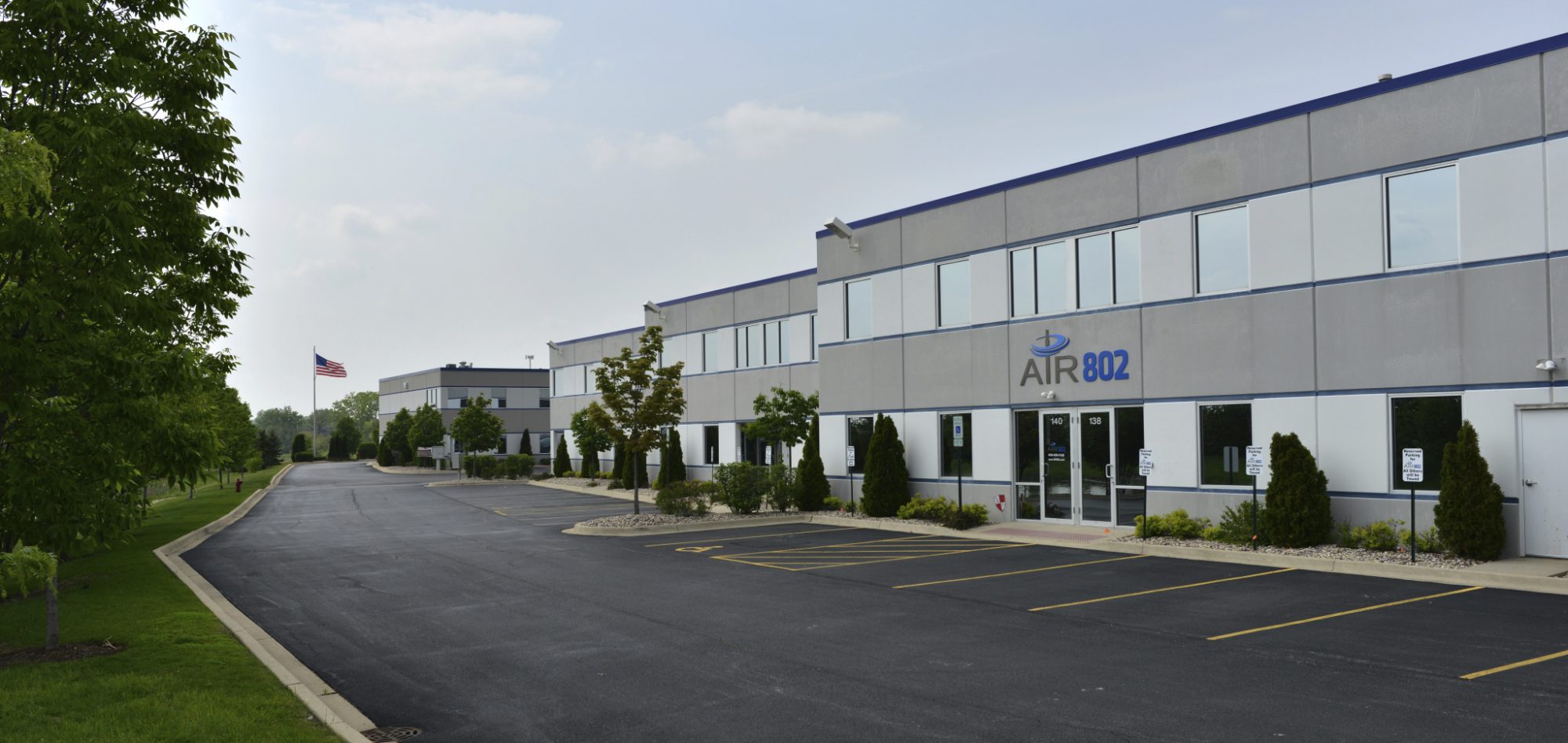
Originally Wi-Fi, under the 802.11b and 802.11g standards utilized the unlicensed 2.4 GHz band in addition to cordless phones and other devices. As Wi-Fi proliferated, the 2400 to 2485 MHz band became highly congested and provided insufficient bandwidth in the 20 MHz channels. Utilization of the 5.25 GHz to 5.8 GHZ unlicensed spectrum originally commonly used by the 802.11a Wi-Fi standard has become commonly used in more recent years under the newer 802.11n and 802.11ac standards.
In 2014, the FCC, which had previously restricted the 5.15 to 5.25 GHz to indoors opened up this spectrum to outdoor use also. Wi-Fi, especially with the 5.1 to 5.8 GHz band has become the transmission on-ramp of Internet access, security camera networks and more.
Unlicensed spectrum implies that nobody pays to use it. Thus it is an enabler of new technologies, applications and product inventions. Cellular carriers utilize licensed spectrum, purchased by them for their use only. In fact, in a February, 2015 FCC auction the cellular industry bought approximately $45 billion in frequency spectrum. Increased demand and usage of cellular networks has the interest of many in the industry.
In 2015, Qualcomm and others began pushing LTE unlicensed, or LTE-U. A battle between the supporting and non-supporting entities ensued. Google, cable TV companies and others argued against LTE-U for the potential interference with Wi-Fi. Qualcomm and its supporters argued that technology could mitigate any concern.
The FCC began studying the issue and in January 29, 2016 granted Qualcomm a small scale trial at two Verizon Wireless locations.
Ratcheting up technology, Qualcomm announced just last month a new modem that supports the technology, Licensed Assisted Access (LAA). This technology will allow carriers with as little as 20 MHz of licensed spectrum to offer Gigabit Class LTE through the unlicensed 5 GHz spectrum. Even more recently, Ericsson, the manufacturer of equipment at Verizon and T-Mobile is offering Gigabit LTE, requiring 60 MHz of licensed and unlicensed spectrum.
These developments are an issue of concern to anyone deploying or utilizing networks over the 5 GHz band. Whether you consider this encroachment public theft of the 5 GHz band or are agreeable to sharing with carriers it is something to be aware of and follow as developments unfold.


Never would have thunk I would find this so inidapenssble.